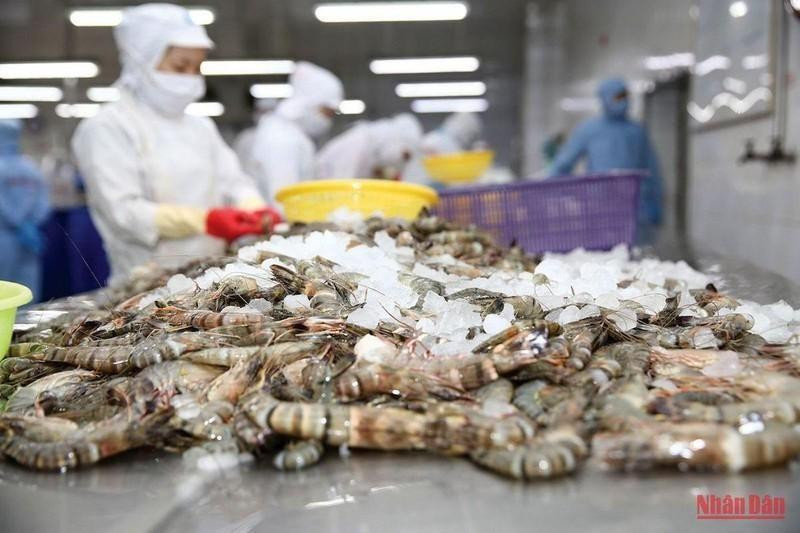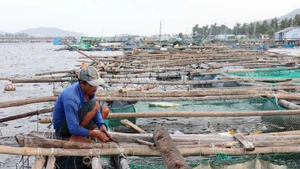Shrimp and tra fish still maintained high export revenue in the first 10 months of this year, as shrimp exports reached nearly 3.8 billion USD and were expected to reach 4.4 billion USD for the entire 2022 and tra fish exports hit 2.2 billion USD and were anticipated to reach 2.5 billion USD for 2022.
Tuna is a completely new seafood product which is forecast to join the “billion-dollar club” this year. Tuna exports brought in 890 million USD in the first 10 months of this year, up 50% over the same period and expected to reach more than 1 billion USD for the whole year.
With such results, Vietnam’s seafood exports can surpass 10 billion USD by the end of 2022, a historical record for Vietnam’s seafood industry, after more than 20 years of participating in the international market. Vietnam continues to maintain its position as the third largest seafood exporter in the world, after China and Norway.
However, Vietnam’s seafood export growth is not completely flat in 2022, but there are many unusual fluctuations. After setting a series of records in total export turnover in the first six months of 2022, seafood export showed signs of slowing down at the beginning of July 2022 when it reached only 970 million USD and decreased by 4% compared to June 2022 and the downward trend continued until the beginning of the third quarter of 2022.
There are several reasons for seafood export decreases during this period, including increasing production and material costs and rising product prices. In addition, congestion at ports due to the COVID-19 pandemic and the increase in oil and petrol prices, make it difficult to rent containers, while the freight at most routes increased by 4-5 times.
On the other hand, due to the increase in fuel prices in the first half of 2022, 40-50% of fishing vessels lie ashore, leading to a 70-80% decrease in input materials for processing plants compared to the previous years. Due to a sharp fall in domestic raw materials, seafood processing factories also face difficulties. Another difficulty is that the procedures for certifying the origin of caught fish are still inadequate. Therefore, businesses still have problems when using certified raw materials. As of November 2022, the EU has not removed the IUU yellow card for Vietnamese seafood.
The Ministry of Agriculture and Rural Development and the General Department of Fisheries conducted many synchronous solutions from the beginning of the third quarter of 2022, to keep the export speed from going down and to reach the export target of 10 billion USD by the end of the year. In the immediate future, the ministry has improved the fishing vessel management database, amended the logging regulations and digitised the process of inspection and catch certification.
Regarding the removal of the IUU yellow card, the Directorate of Fisheries prepared a thorough plan, to work with the EC inspection team, to inspect the anti-IUU fishing in Vietnam in late October 2022 and continue to organise inspections at localities, on the prevention of IUU fishing, to follow the EC’s recommendations.
VASEP has also accompanied and supported seafood businesses such as proposing to extend credit limits and lowering interest rates, as well as collecting suggestions and recommendations from businesses to transfer to relevant agencies, and others.
Based on the Fisheries Development Strategy to 2030, approved by the Prime Minister in 2021, the seafood industry has closely monitored the production situation in localities and the ability to supply input materials for processing, to provide advice to the Ministry of Agriculture and Rural Development, to guide efficient production amid high prices of feed and production materials.
In particular, the seafood industry is moving towards a balance between supply capacity and consumer demand in key markets and a balance between output and quality, according to increasingly stringent standards of the world market. At the same time, it is also recommended that businesses actively innovate and diversify processed seafood products. In addition to the traditional products of shrimp and fish, enterprises should pay more attention to other processed items such as oysters, scallops, squid, octopus, abalone, and snail, to meet new consumption trends in the international market.
















